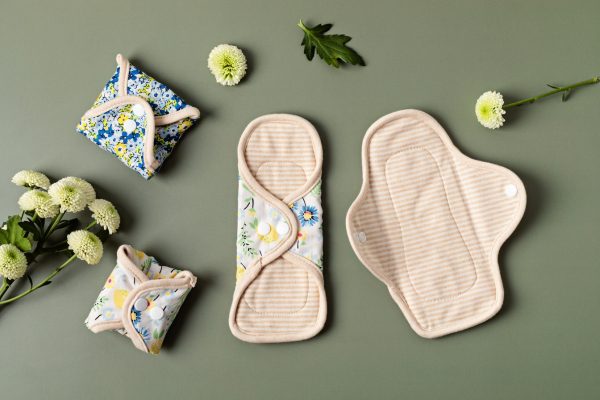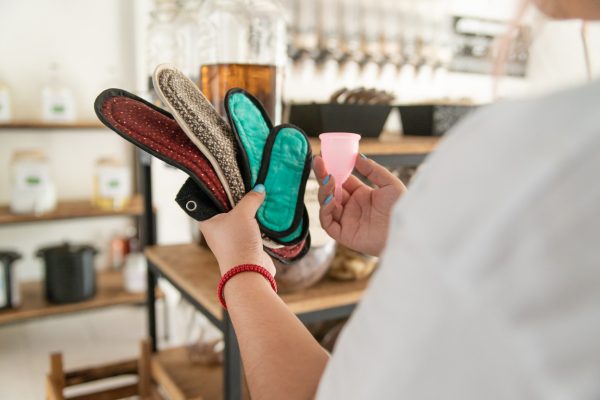

For decades, disposable pads and tampons dominated the menstrual product market, but today’s consumers have more options than ever. The rise of reusable period products like menstrual cups, cloth pads, and period underwear has sparked important conversations about cost, sustainability, and health.
This comprehensive guide examines both traditional and reusable options to help you make an informed decision that aligns with your lifestyle, values, and comfort.
Traditional period products include disposable pads and tampons, which have been the go-to choice for generations. These single-use items are designed for convenience—use once and throw away. Most are made from a combination of cotton, rayon, plastic, and various chemicals for absorption and odor control.

Disposable Pads: Available in various sizes and absorbencies, from pantyliners to overnight pads. They attach to underwear with adhesive strips and may include “wings” for extra security.
Tampons: Internal products made of compressed cotton and/or rayon, available with or without applicators. They come in different absorbencies from light to super plus.
Reusable period products options have gained significant popularity in recent years, offering sustainable alternatives to disposables.
One of the most compelling arguments for reusable products is the significant cost savings over time.
Traditional Products:
Reusable Products:
The initial investment in reusable products may seem high, but most users break even within 6-12 months. Over a lifetime, the savings can exceed $5,000—money that could be invested in other areas of health and wellness.
The environmental difference between traditional and reusable products is staggering.
Traditional Products Impact:
Reusable Products Impact:
For environmentally conscious consumers, reusable products offer a way to dramatically reduce personal waste and environmental impact.
Both traditional and reusable products have health implications worth considering.
Traditional Products:
Reusable Products:
Many gynecologists now recommend cups and other reusables, particularly for those with sensitive skin or recurrent infections.
The “best” product often comes down to personal comfort and lifestyle needs.
Traditional Products – Pros:
Traditional Products – Cons:
Reusable Products – Pros:
Reusable Products – Cons:
If you’re considering switching to reusable products, here’s how to make the transition smoother:
Many people find success using a combination of traditional and reusable products. This might look like:
This approach allows you to enjoy the benefits of reusables while maintaining the convenience of disposables when needed.
Certain situations may influence your choice:
Travel: Disposables might be easier for long trips, though experienced cup users often prefer them for travel.
Shared Bathrooms: Consider your comfort level with cleaning reusables in shared spaces.
Physical Limitations: Some reusable products require dexterity that may be challenging for those with certain disabilities.
Cultural/Religious Factors: Internal products may not align with everyone’s beliefs or comfort levels.
The choice between traditional and reusable period products is deeply personal, influenced by factors including budget, environmental values, health concerns, and lifestyle. While reusable products offer significant cost savings and environmental benefits, traditional products provide familiarity and convenience that many still prefer.
The good news is that we live in an era of choice. Whether you opt for traditional products, fully embrace reusables, or create a hybrid approach, the most important factor is finding what makes you feel comfortable, confident, and cared for during your period. Consider starting with one reusable product to test the waters—you might be surprised by how quickly it becomes your new normal.
Remember, there’s no “right” choice, only the right choice for you. By understanding the pros and cons of each option, you’re empowered to make an informed decision that supports both your personal needs and your values. The period product revolution has given us options our grandmothers never dreamed of—it’s time to embrace the power of choice.
